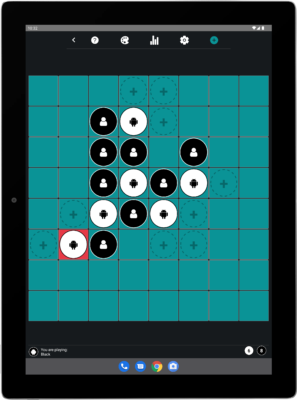Reversi, a captivating strategy game renowned for its simplicity and depth, boasts a history that stretches back centuries, evolving across cultures and time. Known by various names like Othello, Reversi has left an indelible mark on the world of board games.
The origins of Reversi can be traced to several ancient games, but its modern incarnation took shape in the late 19th century. The game’s predecessor, “Reversis,” emerged in England in the 19th century and gained popularity. It featured a similar gameplay concept, aiming to flip opponents’ pieces to one’s own color. However, Reversi, as we know it today, was patented by Lewis Waterman in 1880. Waterman’s game, named “Reversi,” introduced a square board with an 8×8 grid and discs with contrasting colors, typically black and white. The game garnered attention and gradually spread across Europe.
The game’s popularity expanded when Goro Hasegawa, a Japanese man, encountered Reversi during the 1970s and introduced it to Japan under the name “Othello.” The game took Japan by storm, leading to the birth of the World Othello Championship in 1977 and cementing its place as a beloved strategy game globally.
Gameplay

Reversi is a two-player game played on an 8×8 grid. The objective is to have the majority of discs of your color by the end of the game. The game starts with four discs placed in the center of the board in a specific pattern: two of each player’s discs diagonally in the center.
The gameplay involves strategic placement of discs to flip your opponent’s discs to your color. Here’s a brief guide on how to play Reversi:
- Starting Position: Players begin by placing their discs alternately on the board, with one color facing up.
- Flipping Mechanism: A player can capture their opponent’s discs by sandwiching them between their own discs horizontally, vertically, or diagonally. All the captured discs are flipped to the capturing player’s color.
- Strategic Moves: Plan ahead to control key positions on the board and create opportunities to flip your opponent’s discs.
- Corner Control: Controlling the corners often provides a strategic advantage as they are difficult to flip.
- Mobility and Stability: Aim for a balance between mobility (having more available moves) and stability (controlling key positions).
- Endgame Strategy: Towards the end, focus on securing stable positions and limiting your opponent’s moves.
How to Play Reversi for Free in 2024
Reversi is part of Higgster’s Games Compendium available for free, with no adverts or extra-charges.

